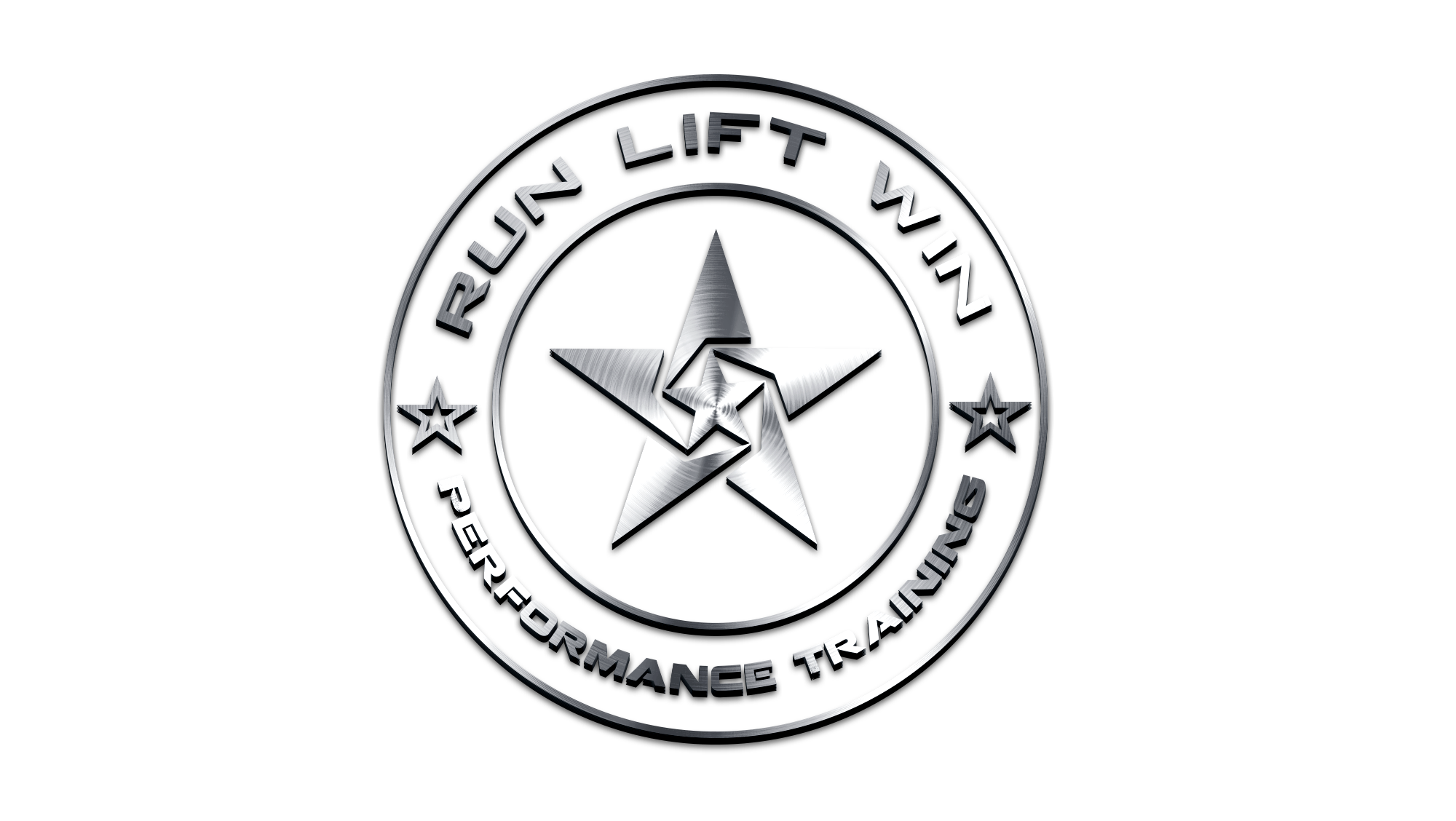A Guide to Periodized Running Program Design
Photo by Jenny Hill on Unsplash
Are you the type of runner to just “do whatever feels good” for your weekly runs? Do you find yourself wondering why you are not progressing or constantly injured? Are you struggling to achieve race goals?
Every runner can benefit from a structured running program. One of the most successful is a periodized training program. The concept is simple, but there are many methods that can be used to achieve the results you want.
A periodized running program is a structured approach to training that involves dividing the training cycle into specific periods or phases with different goals and methods. The goal is to gradually increase training intensity and volume while reducing risk of injury and burnout. By manipulating variables such as intensity and volume you allow your body to adapt to the training stress. A typical periodization plan may include a Base Phase, Build Phase, Peak Phase, Taper Phase and a Recovery Phase.
Training Phases
Base Phase
Base phase focuses on building endurance with low-to-moderate intensity and volume of running. This phase of training may last 8–12 weeks and really focuses on a gradual extension of run duration. Base phase is also the right spot to introduce strength training in your weekly routine. Working on lower body strength, muscular endurance, unilateral lower body movements, and core strength will prepare your body to continue to safely train.
Build Phase
Build phase increases intensity and volume, including the introduction of tempo and interval runs. This phase may last from 4-8 weeks. Tempo runs are moderate to higher intensity of sustained effort to build your ability to correctly pace, increase aerobic capacity, build stamina and mental toughness. Interval runs are short duration at higher intensity with rest periods to improve your speed, running mechanics, and develop both anerobic and aerobic energy systems.
Peak Phase
Peak phase is the highest intensity and volume of training, designed to help the runner achieve peak performance for their target race. This phase may last 1-4 weeks. During the peak phase you are laser focused on your race goal time and distance. Using tempo runs, long interval runs and hill repeats to sharpen up for your race.
Taper Phase
Taper phase reduces training volume leading up to your race to minimize training stress and optimize performance on race day. This phase may last 1-2 weeks. Taper phase is the time to get your mind and body ready for your race.
Recovery Phase
Recovery phase has decreased volume and intensity to allow for recovery and prevent burnout. Recovery phase may last 2-8 weeks. During recovery phase training sessions may become less structured and the focus can be simply the joy of running.
The specifics of each phase will vary depending on the individual runner's needs, goals, and schedule, but the key idea is to gradually progress and adapt the training to allow for continued improvement and optimal performance.
Here is an example of how you could use a periodized running program for a calendar year:
· (1) “A” Race – May
· (3) “B” Races – April, July & November
Base Phase – January, February
Build Phase – March, April [“B” Race]
Peak Phase/Taper Phase – May [“A” Race]
Recovery Phase – June
Build Phase/Taper Phase – July [“B” Race]
Recovery Phase – August
Base Phase – September, October
Build Phase/Taper – November [“B” Race]
Recovery Phase - December
Are you ready to start training for your next race? Let’s get started!!

